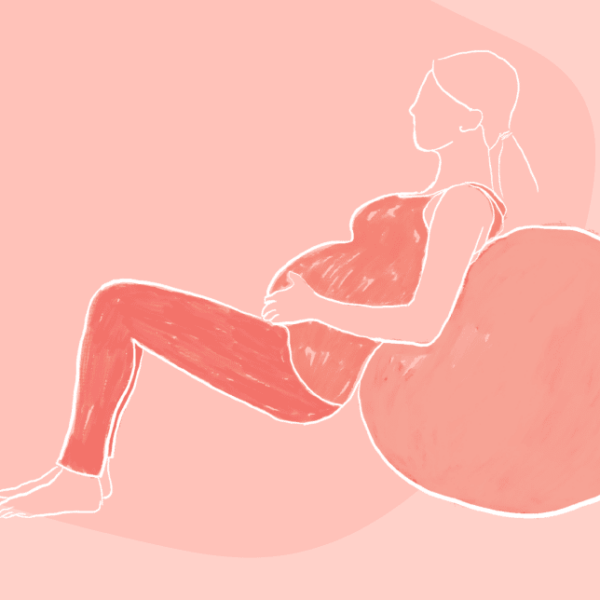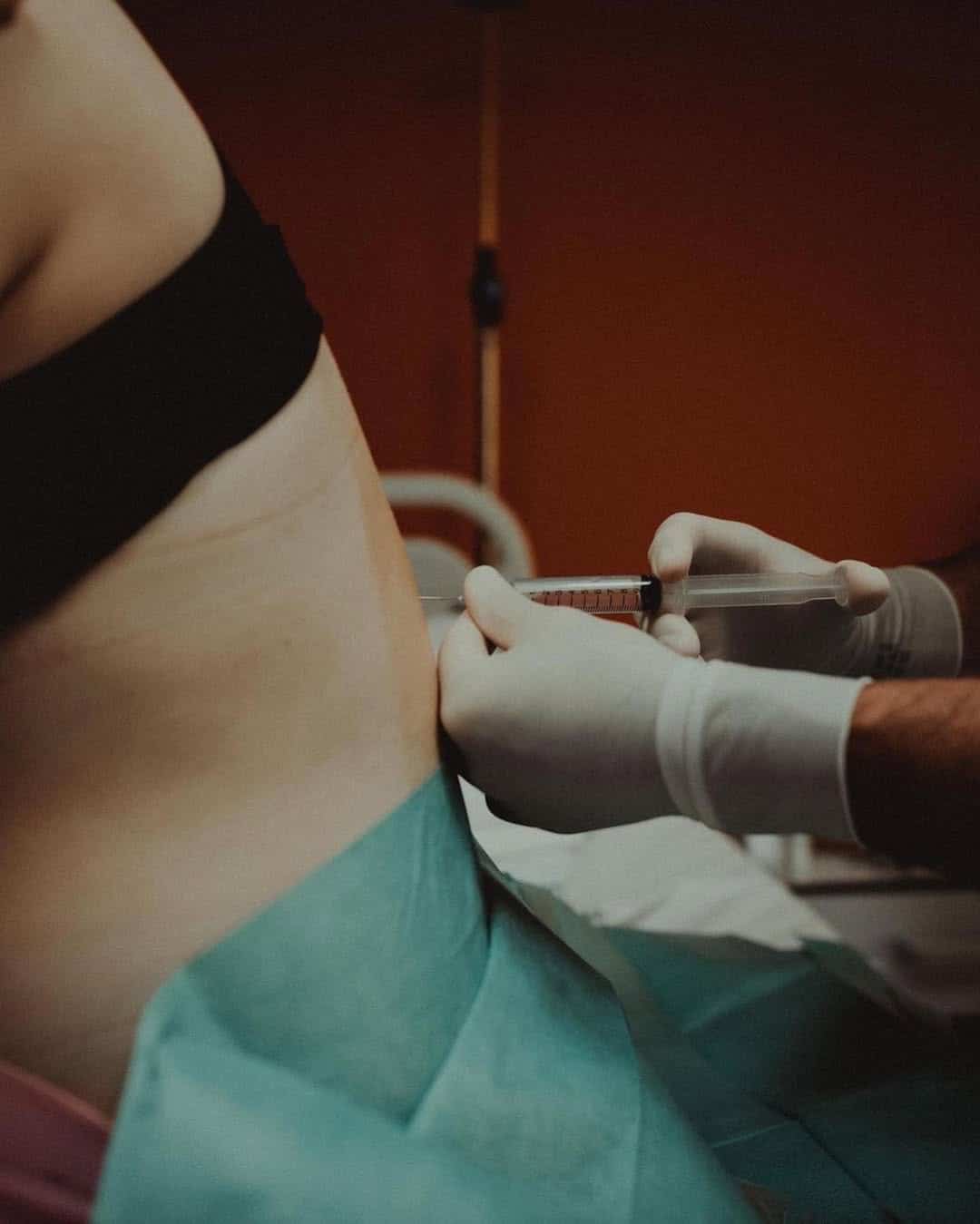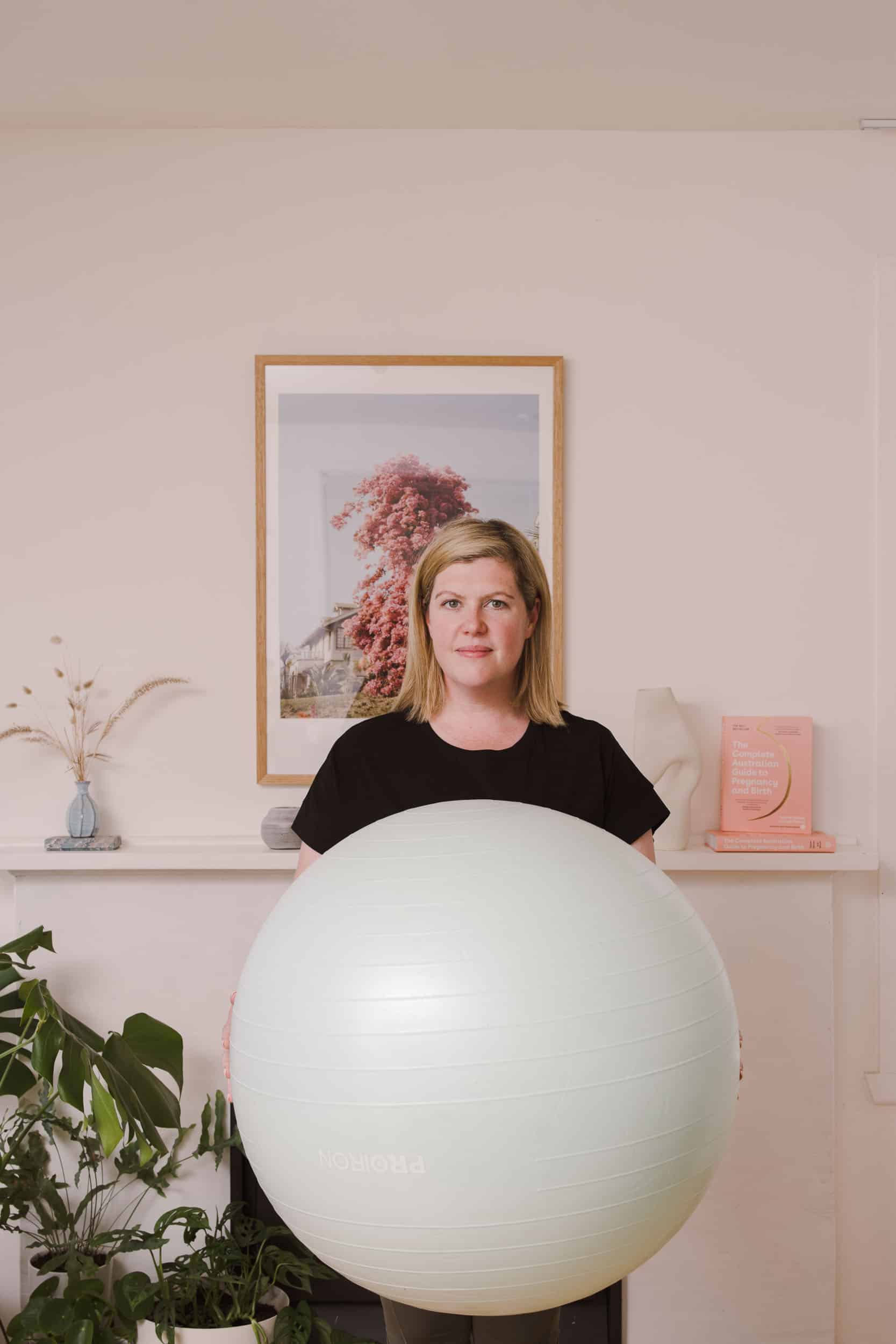Birth When Should I Go To Hospital?
When Should I Go To Hospital?

Often getting in the car and arriving at the hospital is a disruptive process and it can and often does induce stress
We know that cortisol (the stress hormone) and adrenaline can halt the flow of oxytocin and subsequently slow or stall your labour, especially if you aren’t in established labour. It’s for this reason that your midwife or obstetrician will encourage you to go to the hospital when your contractions are established and regular; commonly every three minutes and lasting for a minute. Just to confuse the issue, we know that labour (or more specifically, cervical dilation) isn’t a linear process; you may be in early labour for hours and then all of a sudden find yourself in very productive active labour, moaning through contractions that are one on top of another.
Let your intuition guide you; remember that you know your body better than anyone. If you feel like you need to go to the hospital or you no longer feel safe or comfortable at home, you have every right to call your care provider and let them know that you’re on your way.
Symptoms of Early Labour:
- Irritability: a rise in the hormone oxytocin can definitely make you feel irritable but consider this a really good sign. When your baby signals that he’s ready to be born your body responds by releasing oxytocin (commonly referred to as the ‘love hormone’) which prompts the first contractions. Now is the time to let go, cry, stomp and release. Let the oxytocin flow!
- Loose Bowels: if you’ve noticed that you’re going to the toilet more frequently, if your stools are loose or you have diarrhoea, your body is essentially clearing out and preparing for labour.
- Mucous Plug: your mucous plug sits in your cervix throughout your pregnancy to prevent bacteria reaching your baby (consider it an extra layer of protection). As your cervix thins and shortens before it starts to dilate, your mucous plug will dislodge and come away, either in one clump or in a few bits at a time. This is an encouraging sign that your body is warming up for labour but it can also mean that there’s still days till things really kick off. If your mucous plug is a bit bloody (just a bit, not a lot), this is known as a “bloody show” and you can expect labour to begin very soon. If there’s a lot of blood (more than 2 tablespoons or it looks a bit green or brown) or if you are under 37weeks, you’re best to contact your care provider immediately.
- Lower Back Ache: of course your lower back will naturally be achy at the end of pregnancy because the hormone relaxin has softened all your ligaments in preparation for labour and your baby is increasingly heavy. Often labour starts in your back, not your belly, and will manifest as a dull ache or increased pressure; try some gentle cat stretching on all fours to release any tension and surrender to the experience.
- Nesting: the primal urge to “feather your nest” in preparation for your baby’s arrival is a really healthy sign that labour is imminent. You may also notice that you have a heightened sense of smell or hearing; your senses are on alert! You will typically want to cocoon and not talk to anyone outside your home; you’re turning inward in preparation to get into the private, quiet, safe labour space. And lastly, if you have a pet that all of a sudden won’t leave your side, you can presume their protective tendencies are very aware that something is changing.
Categories
Related Products
-
The Birth Class
105 reviews$249.00The empowering online childbirth education program that will help you confidently prepare for birth.
Get your copy of our Perineal Massage Guide in your inbox
Keep Reading
We think you might enjoy these articles
@AustralianBirthStories
Follow along with us
@AustralianBirthStories
Follow along with us
@AustralianBirthStories
Follow along with us
@AustralianBirthStories
Follow along with us
@AustralianBirthStories
Follow along with us
@AustralianBirthStories
Follow along with us
@AustralianBirthStories
Follow along with us
@AustralianBirthStories
Follow along with us
@AustralianBirthStories
Follow along with us
@AustralianBirthStories
Follow along with us
@AustralianBirthStories
Follow along with us
@AustralianBirthStories
Follow along with us










